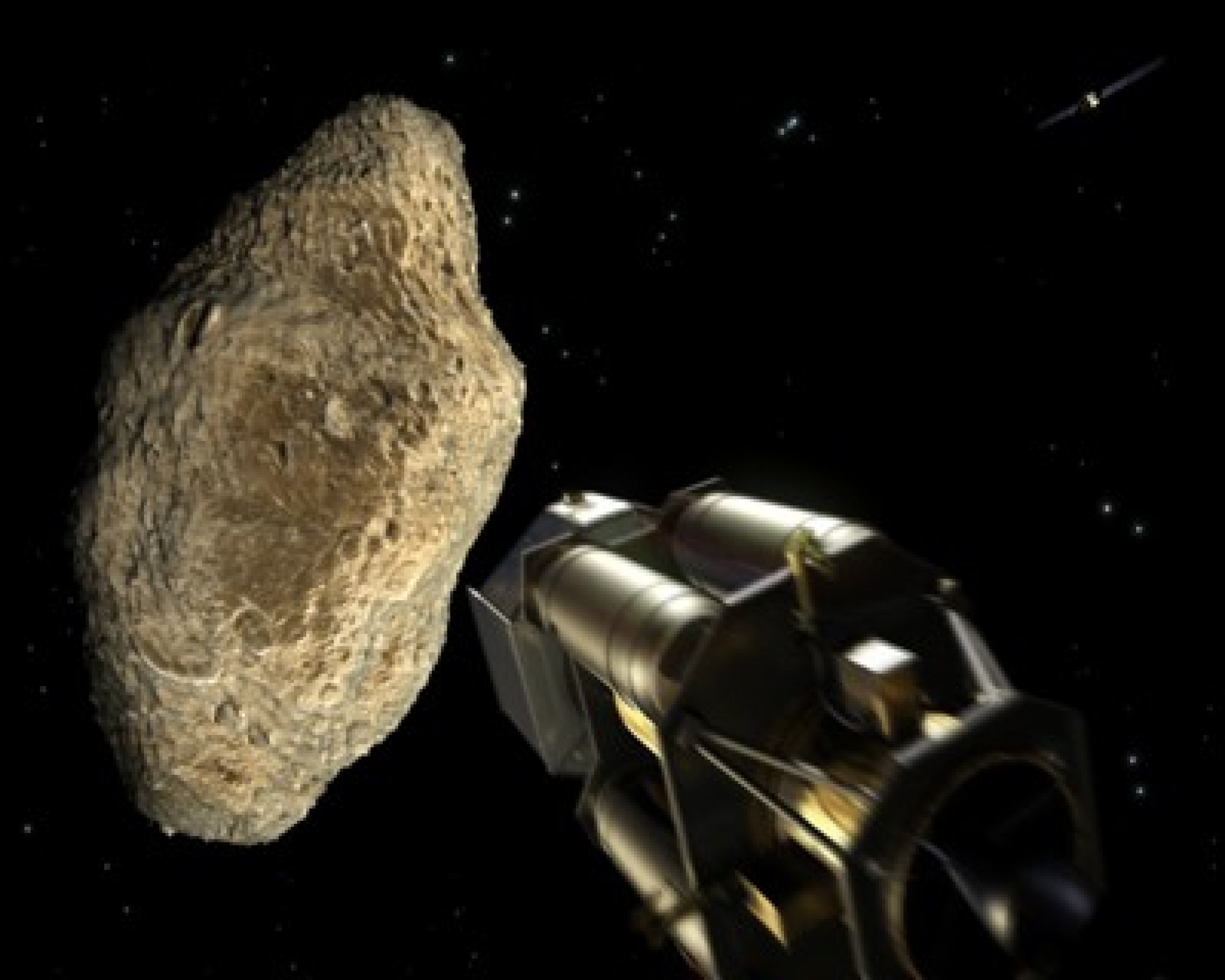ESA Plans Mission to Blast Asteroid Headed for Earth
Scientists at the European Space Agency is planning a test mission to blast an asteroid to see if it's possible to change the course of any that may potentially be heading towards the Earth. The mission, called Don Quixote, launches in 2015.
Don Quixote will help ESA learn more about how Earth can protect itself against a potential threat if an asteroid collision threat, the agency said. The Don Quijote mission will involve launching two spacecrafts in separate interplanetary trajectories, according to ESA.
There is an orbiter spacecraft, called Sancho After, that will arrive at the target asteroid and insert into an orbit around it. That Orbiter will measure its position, shape, mass, and gravity field for several months before and after the impact of the second spacecraft. Moreover, the Orbiter will operate as a backup data relay for transferring all the data collected by the Impactor spacecraft during approach and image the impact from a safe parking position, ESA said, and it will also investigate the surface composition of the asteroid.
The second spacecraft, an Impactor spacecraft, named Hidalgo, will take a different route from the one taken by the Orbiter. It will impact an asteroid of approximately 500 meters diameter at a relative speed of about 10 kilometers per second, ESA said.
This spacecraft will demonstrate the ability to autonomously hit the target asteroid based on onboard high-resolution camera.
The main objective of the Don Quijote mission is to impact the target Near-Earth Asteroid and to be able to determine the deflection resulting from the impact. In order to achieve this, it will accurately measure the asteroid's position in space before and after impact.
Read more here.



© Copyright IBTimes 2024. All rights reserved.






















